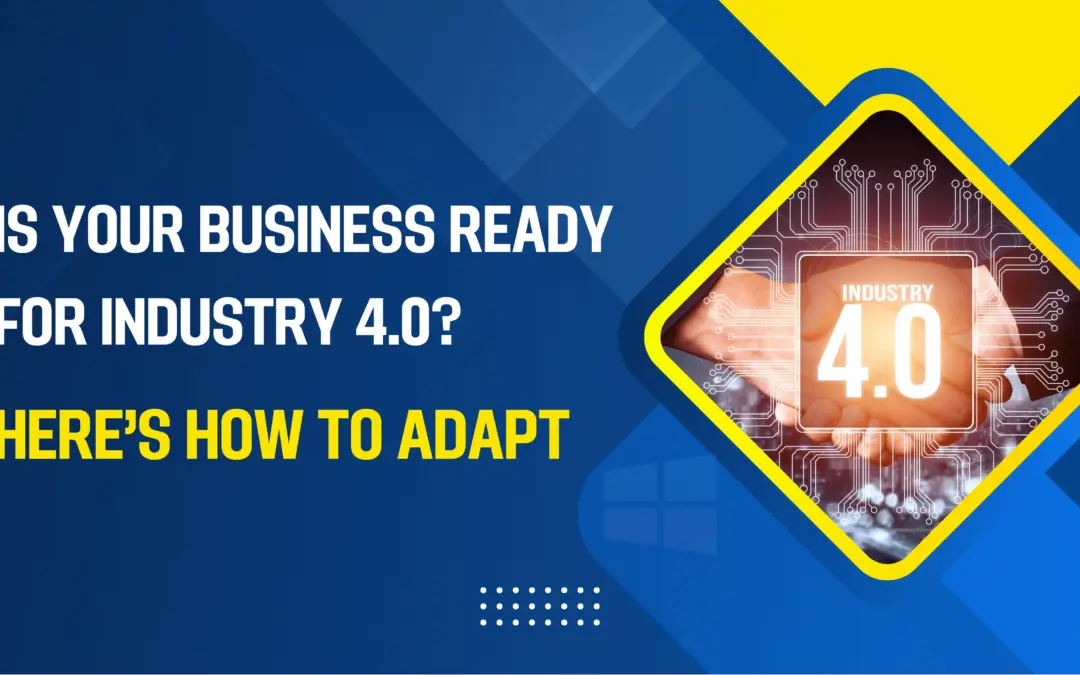Ever walked past a café and thought, “I like this place, but I can’t explain why?” Or scrolled online and instantly trusted a brand you’ve never bought from before?
That gut feeling isn’t random; it’s brand psychology in action.
Kedra Digi helps businesses craft brands that do not just look good, they feel right. Because in a world of endless choices, the brands that win are the ones that connect on a deeper level.
So, what makes some brands click while others fade into the background? Let’s dive in.
1. The Power of First Impressions (Why We Judge Brands Instantly)
Our brains are wired to make lightning-fast judgments. Research shows we decide whether we trust a brand within 50 milliseconds of seeing its logo.
What shapes that split-second decision?
- Colours:
- Green (think Boost Juice) = Fresh, healthy
- Black & gold (like Qantas) = Luxury, prestige
- Fonts:
- A tech startup using a sleek sans-serif (e.g., Canva) feels modern.
- A law firm using a traditional serif (e.g., MinterEllison) feels reliable.
- Logo Design:
- Simple logos (e.g., Woolworths’ “W”) are easier to remember.
- Overly complex logos get lost in the noise.
Real-world example:
Bunnings uses bold red and white—energetic, no-nonsense, and unmistakably Aussie. Walk into any store, and you know what to expect.
2. Emotional Branding: Why We Buy Feelings, Not Products
People don’t buy sneakers—they buy confidence (Nike). They don’t buy coffee—they buy community (Starbucks).
How brands do it right:
- VB (Victoria Bitter) = Mate-ship, tradition (“For a hard-earned thirst”)
- Kathmandu = Adventure, freedom (“For the love of the wild”)
- Aesop = Sophistication, mindfulness (minimalist design + philosophical vibes)
Why it works:
Emotions drive 90% of purchasing decisions (Harvard Business Review). If your brand makes people feel something, they’ll remember you.
3. The Halo Effect: When One Good Thing Makes Everything Else Seem Better
Ever tried a great product from a brand and automatically assumed everything they make is good? That’s the Halo Effect.
Examples in Australia:
- Samsung started with phones—now we trust their TVs, fridges, and even washing machines.
- Lululemon nailed yoga pants, so their running gear must be good, too.
The flip side?
One bad experience (like a delayed pizza) can taint the whole brand.
4. The Role of Familiarity (Why We Trust What We Know)
Our brains love what’s familiar—it feels safe. That’s why:
- McDonald’s keeps its golden arches consistent worldwide.
- ANZ subtly updates its logo but never strays too far from blue.
5. How Kedra Digi Uses Brand Psychology to Help Businesses
We build brands that stick. Here’s how:
- Colour & Font Audits: Does your palette match your vibe? (A surf brand shouldn’t look like a bank.)
- Storytelling: Crafting a narrative (like Who Gives A Crap’s humour + social mission).
- Consistency Checks: Ensuring your Instagram, packaging, and website feel like the same brand.
Case Study:
We helped a Melbourne coffee roastery shift from “just another coffee brand” to “the taste of slow mornings”—using warm colours, handwritten fonts, and photos of locals sipping in laneways.
Final Thought: Your Brand Should Feel Like Coming Home
The best brands don’t shout, they whisper in a way that feels personal. Whether it’s nostalgia, trust, or excitement, that feeling is what turns first-time buyers into lifelong fans.
Want a brand that doesn’t just exist, but belongs in your customers’ lives? Let’s make it happen.

